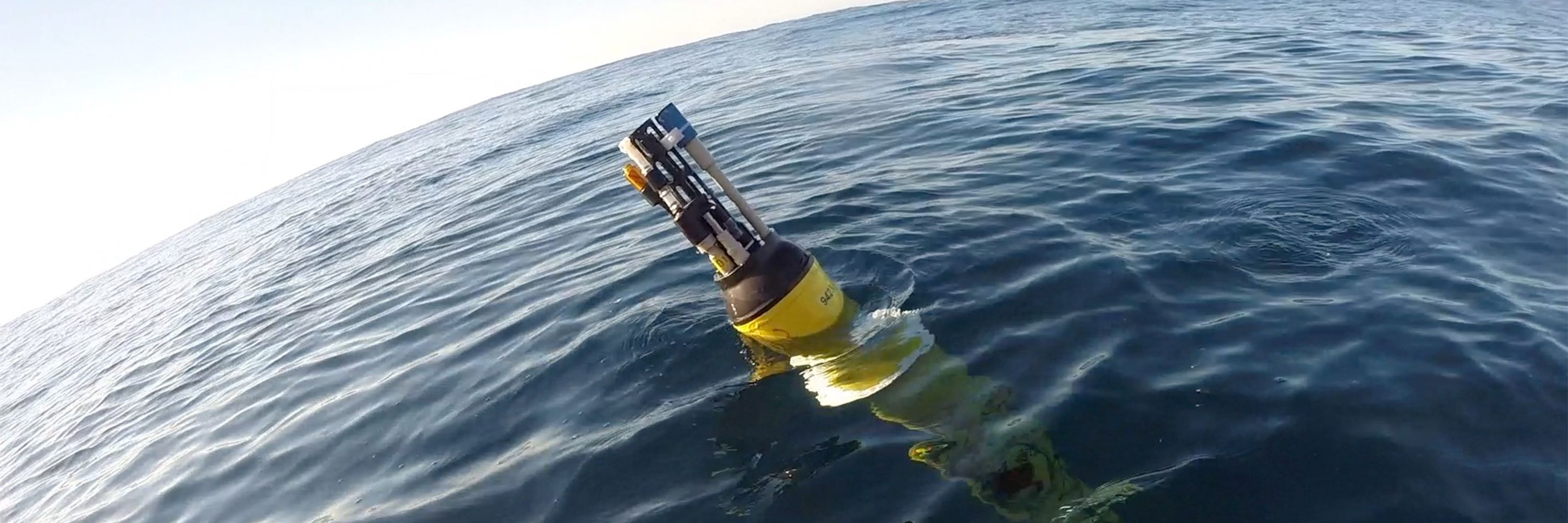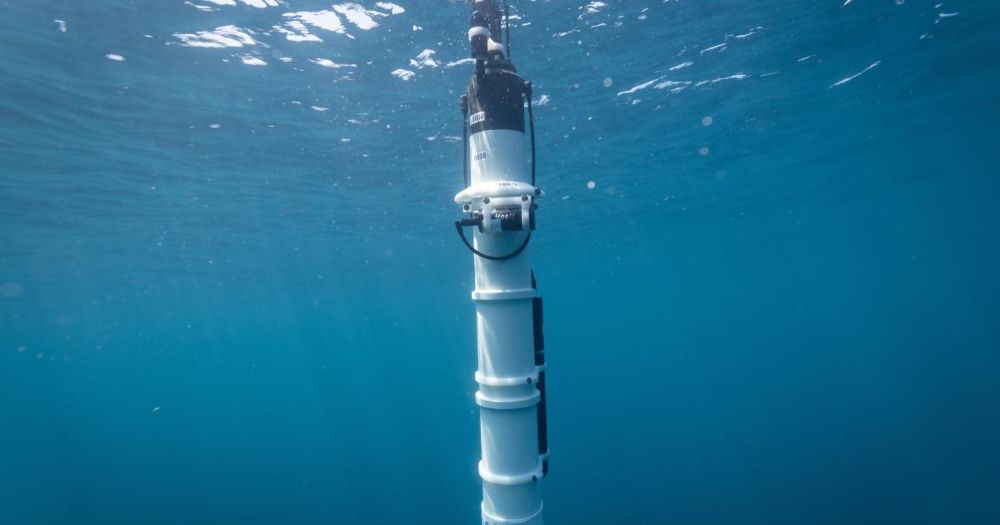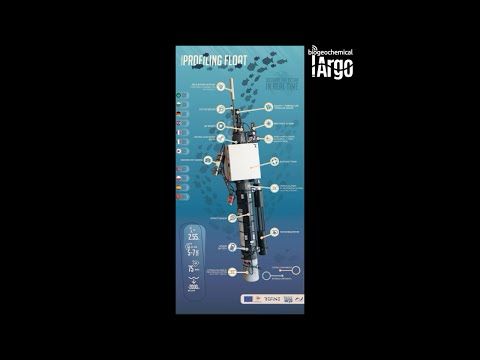Global Ocean Biogeochemistry Array
@globaloceanbgc.bsky.social
120 followers
25 following
5 posts
The GO-BGC Array is a global robotic network of profiling floats carrying sensors that will revolutionize our understanding of ocean and ecosystem health.
https://www.go-bgc.org/
Posts
Media
Videos
Starter Packs
Pinned
Reposted by Global Ocean Biogeochemistry Array
Reposted by Global Ocean Biogeochemistry Array
Reposted by Global Ocean Biogeochemistry Array
MBARI
@mbarinews.bsky.social
· Aug 26

New AI approach sharpens picture of carbon export in the Southern Ocean • MBARI
Applying machine learning algorithms to a trove of data collected by robotic floats has improved estimates of ocean productivity and carbon export in the Southern Ocean.
www.mbari.org
Reposted by Global Ocean Biogeochemistry Array
Reposted by Global Ocean Biogeochemistry Array
Reposted by Global Ocean Biogeochemistry Array
Reposted by Global Ocean Biogeochemistry Array
Reposted by Global Ocean Biogeochemistry Array
Reposted by Global Ocean Biogeochemistry Array
Reposted by Global Ocean Biogeochemistry Array
Reposted by Global Ocean Biogeochemistry Array
Reposted by Global Ocean Biogeochemistry Array
Reposted by Global Ocean Biogeochemistry Array
MBARI
@mbarinews.bsky.social
· Aug 26

New AI approach sharpens picture of carbon export in the Southern Ocean • MBARI
Applying machine learning algorithms to a trove of data collected by robotic floats has improved estimates of ocean productivity and carbon export in the Southern Ocean.
www.mbari.org
Reposted by Global Ocean Biogeochemistry Array
Reposted by Global Ocean Biogeochemistry Array
Reposted by Global Ocean Biogeochemistry Array
Reposted by Global Ocean Biogeochemistry Array
Reposted by Global Ocean Biogeochemistry Array
Reposted by Global Ocean Biogeochemistry Array
Reposted by Global Ocean Biogeochemistry Array
Reposted by Global Ocean Biogeochemistry Array
Reposted by Global Ocean Biogeochemistry Array























